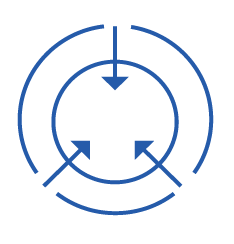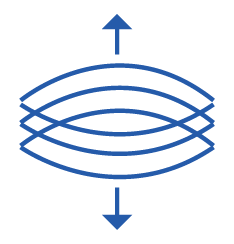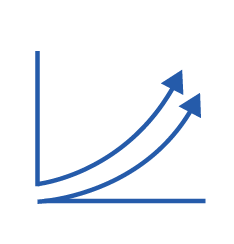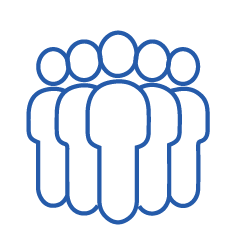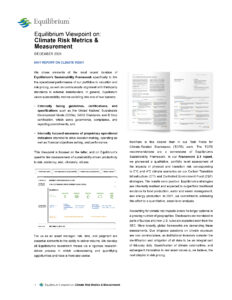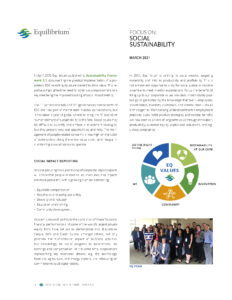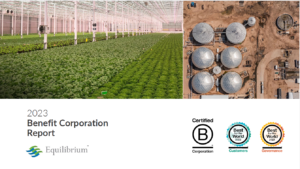Long Term
Resilience
Integration
Scale
People
Humility
Our Sustainability Principles
Sustainability
Equilibrium’s mission to “transform our planet into shared sustainable prosperity through capital markets” requires an unwavering commitment to measurement, monitoring, continuous operational improvement and reporting.
As an asset manager, our success is dependent on our core capabilities to manage risk, time, and judgment.
We built Equilibrium’s Sustainability Framework 2.1 is built to support these three core functions. The Framework serves multiple purposes, incorporating: 1) a legal framework for corporate governance; 2) globally recognized standards of alignment; and 3) metrics capable of driving operational performance.
Our construction of the Framework 2.1 is shaped by a number of current “Objectives of Usage”, including:
- Customized to our business. Each component is chosen to reflect what we do, in terms of economic, social, and environmental productivity.
- Driving value. The Framework reflects our ability to drive value in our operational decision-making via measurements of accountability, productivity, and impacts.
- Communicating. The Framework allows us to report, disclose, and benchmark our impacts in a transparent manner.
- Recognizing the need for continuous improvement. Our “humility” Sustainability Principle forces us to face the negative and positive impacts of our work, refine reporting capabilities, and relate what we do to emergent standards, especially when tied to market value.
- Making choices. We applaud increased global awareness of ESG metrics and standards and believe in the need to carefully select relevant Framework components from this broad collection of measurement structures and criteria. Deliberate choices were made in the refining of the Framework to include relevant metrics capable of driving value, productivity, and impacts, as well as corporate governance and stakeholder communication.
We focus on hard performance data and a select few global standards vs. anecdotal, aspirational commentary, and third-party certifications and standards.
The result is a proprietary lens through which we evaluate financial and non-financial outcomes. The Framework is embedded throughout the lifecycle of our assets.
Our intention is to continually improve our impact assessment capabilities while above all, keeping this work honest and transparent.
We believe that our six Sustainability Principles are core to our value creation.
Equilibrium’s Sustainability Framework 2.1
